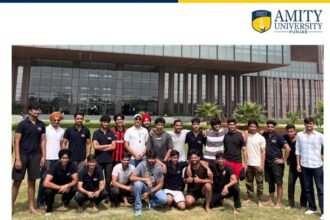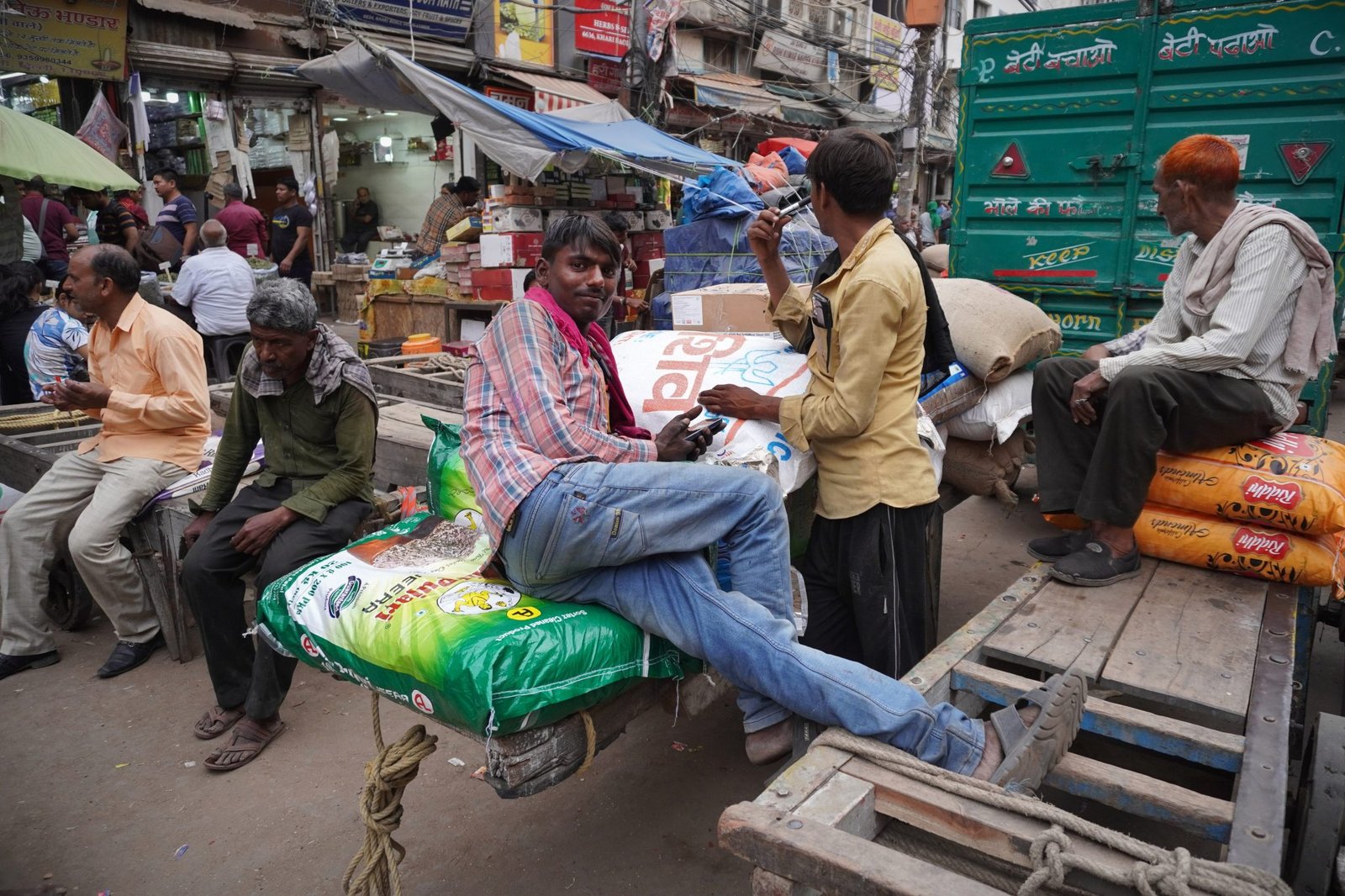“As a four-year-old, I apparently asked my mother whether she could put me back in her womb and bring me out again, all white and pretty. I have lived for over 50 years buried under that narrative of not being a colour that was good enough.”
The haunting Facebook post by Sarada Muraleedharan, Kerala’s chief secretary, in response to a disparaging comment on her blackness, must be marked as a significant moment in our public culture. She has given words to what crores of Indian women (and many men) must feel every day, the torture they suffer through their lives. You need inner strength to acknowledge this to yourself. You need courage to say this in public. And you need privilege, the strength to speak and the assurance of being heard. If privilege could redeem itself, here is an example.
“As a four-year-old, I apparently asked my mother whether she could put me back in her womb and bring me out again, all white and pretty. I have lived for over 50 years buried under that narrative of not being a colour that was good enough.”
The haunting Facebook post by Sarada Muraleedharan, Kerala’s chief secretary, in response to a disparaging comment on her blackness, must be marked as a significant moment in our public culture. She has given words to what crores of Indian women (and many men) must feel every day, the torture they suffer through their lives. You need inner strength to acknowledge this to yourself. You need courage to say this in public. And you need privilege, the strength to speak and the assurance of being heard. If privilege could redeem itself, here is an example.
Lohia was a friend of the American Black movement and had courted arrest in the US against racial segregation. He directly refers to the Negro, a word still in use then, to pose a counterfactual: “If the Negroes of Africa and ruled the world in the manner of the whites of Europe, standards of woman’s beauty would undoubtedly have been different. Poets and essayists would have spoken of the soft satin of the Negro skin and its ennobling feel and sight; their aesthetic construction of the beautiful lip or elegant nose would have tended to be on the side of fullness.”
Muraleedharan’s reference to 50 years of being “buried under the narrative” recognises how widespread and deep this discrimination is. Lohia reminded us about how coloured woman was “reared on a diet of anxiety and inferiority”. What they say enables us to recognise an omnipresent reality. Indian cinema is replete with references to gori as a synonym of beauty. Indian literature has recognised the discrimination against the dark-skinned, stigmatised as kali-kaluti. Markets — the marriage market and the beauty-product market — are surely the best indicators of prevailing taste. Matrimonial advertisements leave no room for ambiguity on this score. Half of India’s skin-care product market comprises skin-whiteners of one form or another, estimated at Rs 35-40 thousand crore a year and growing annually at around 6 per cent. Anything fair carries a halo of positivity; the obverse is true for blackness. Something of this prejudice has seeped into our public culture of protest as well: Black days, black badges and whatnot. The justly celebrated farmers’ movement also named their target the “Black laws”.
The next step is to recognise the systemic nature of this oppression. Muraleedharan’s comments allude to her being a woman. She also refers elsewhere to her not disclosing her caste. Historian J Devika faults Muraleedharan’s statement for being less than forthright on the “stench of casteism” in Kerala, where the protest against colourism can conceal the upper-caste fear of “caste misattribution”. Lohia recognises that bias against black is not a stand-alone aesthetic prejudice; it is rooted in multiple hierarchies. It is a system of cultural and structural discrimination rooted in power. All over the world, women’s bodies are the principal bearers of the stigmatisation of the black, a sedimentation of White colonial supremacy in our contemporary life. In the Indian context, it also articulates two other forms of discrimination: Caste inequalities and the dominance of the north over the south. Thus, a resistance to the tyranny of colour opens the path to interrogating multiple dimensions of injustice — colonial, racial, gendered, caste-based and regional. Resistance to colourism is essential to the politics of liberation.
Such a resistance must begin with celebrating the beauty in the black. More than a decade ago, “Dark Is Beautiful” campaign led by Nandita Das was a valiant if short-lived attempt to alter public consciousness on this issue. Muraleedharan is happy to glorify her black heritage: “Black is that which can absorb anything, the most powerful pulse of energy known to humankind. It is the… essence of kajol, the promise of rain.” Lohia would have joined her in this celebration: “Among the more beautiful ones of dark skin are such as evoke the mystery of life and creation, the quickening that gives to fish its eyes, to the she-elephant its languorous step, to twilight its pregnant repose and all such things where deep calls unto deep.” Such a celebration is a political act of resistance.
What would be the route to such a revolution is unclear. We are aware that it will not be political in the traditional sense of the word, either party-political or governmental. Such politics would need to be cultural in nature, aimed at young people, particularly women, and aimed at countering the stereotypes propagated by the media. Just as their counterparts fostered Indian nationalism a century before, it is possible that the “phoren-returned” aristocratic youth, who may have encountered racism and colorism overseas, would incite this resistance. Until then, we must fight “beauty politics” and restore a beautiful politics that is as inclusive of all rainbow colors as black.






